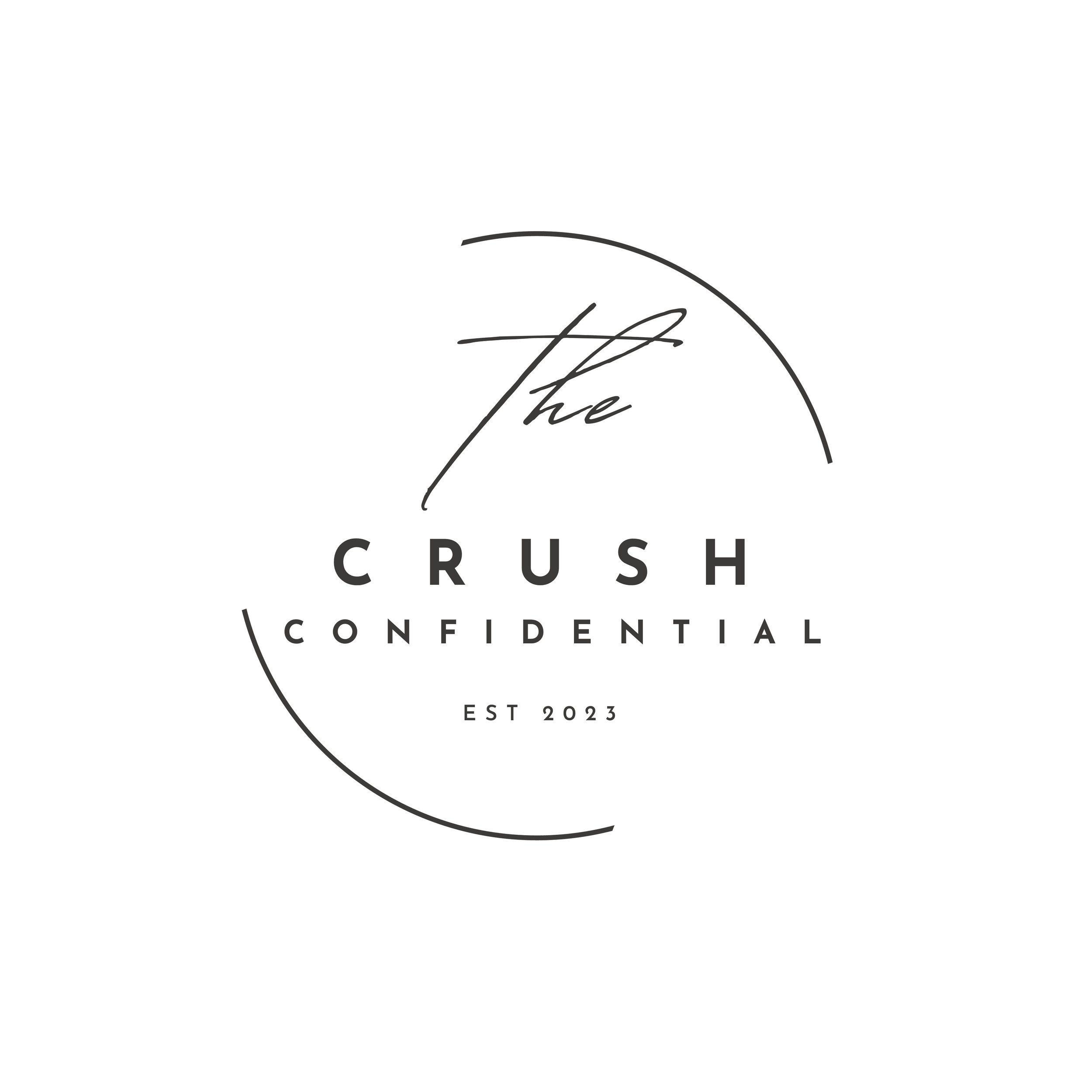Many people wonder if certain physical traits make someone more attractive to potential partners. Interestingly, some researchers suggest that certain facial features might be linked to hormone levels, specifically testosterone and estrogen.
These hormones shape our faces and can influence how others perceive us. But can your ability to attract a partner be “written on your face”?
Let’s explore the connection between hormones and facial features, which can be written on your face.
High Testosterone Facial Features
Testosterone shapes male facial features and influences masculinity. It plays a key role in defining traits typically considered masculine. Men with higher testosterone levels tend to have stronger, more defined facial features. Some of the common characteristics linked to high testosterone facial features include:
- Broader Jawline: Higher testosterone levels often shape a square or broad jawline, signalling strength and dominance.
- Prominent Cheekbones: High testosterone can lead to more prominent cheekbones and a chiselled, sharp look.
- Thicker Eyebrows: Men with high testosterone often have thicker, more pronounced eyebrows, which can intensify their gaze.
- Overall Facial Definition: Men with higher testosterone typically have stronger, more angular features, giving them a more rugged and bold appearance.
These features may subconsciously signal to others that the person has good genetic health, strength, and reproductive fitness, which some may find attractive.
High Testosterone Face in Women
While testosterone is often associated with masculinity, it also affects women’s facial features. Women with higher testosterone levels may show more angular facial features than those with lower levels. These features may include:
- Sharper Jawline: Women with higher testosterone may have a more defined jawline, giving their face a more angular, strong appearance.
- More Prominent Cheekbones: Just like men, women with higher testosterone may also have more pronounced cheekbones.
- Thicker Eyebrows: Women with higher testosterone levels might have thicker or darker eyebrows, often associated with a more “bold” look.
These features can make a woman appear more assertive, confident, and sometimes more “masculine” in appearance, depending on the individual. However, it’s important to note that this doesn’t necessarily mean they are less attractive. Beauty is subjective, and different people can perceive these features differently.
High Estrogen Face Shape
Estrogen, the primary female sex hormone, affects facial features differently. Higher estrogen levels often result in softer, rounder, and more feminine facial features. Some of the common characteristics linked to high estrogen in women include:
- Fuller Cheeks: Women with higher estrogen levels often have rounder, fuller cheeks, which give the face a softer, youthful appearance.
- Smaller Jawline: High estrogen levels also lead to a less angular, more tapered jawline, contributing to a more delicate, feminine look.
- Larger Eyes: Higher estrogen can also make the eyes appear larger, often considered a sign of youth and fertility.
- Smoother Skin: Estrogen promotes collagen production, which helps maintain skin elasticity and a youthful complexion.
These features are associated with femininity, and people often perceive them as attractive in women because they signal youth and fertility, traits that subconsciously link to reproductive health.
Written On Your Face?
So, can your “date ability” really be written on your face? While facial features influenced by testosterone and estrogen can affect how attractive you appear to others, attraction is complex. It’s not just about the shape of your face; personality, body language, confidence, and shared interests also matter greatly.
Additionally, beauty standards vary across cultures and individuals. What one person finds attractive might be different from someone else’s preferences. So, while high testosterone or estrogen levels can influence facial features, the connection between these features and attractiveness isn’t a simple equation.
Conclusion
Our faces do carry subtle clues about our hormonal makeup, and these traits may influence how others perceive us. People with high testosterone tend to have more angular and chiselled facial features, while those with high estrogen often have softer and rounder features. However, it’s important to remember that attraction goes beyond just facial features. Personality, confidence, and other factors are crucial in forming meaningful connections. While hormones can shape our appearance, they don’t define our ability to connect with others.





